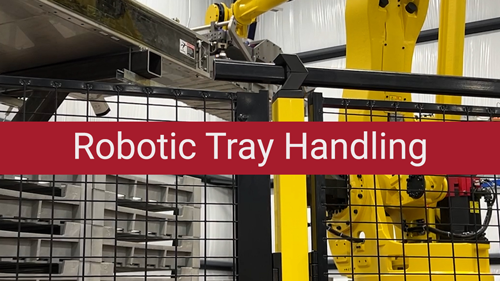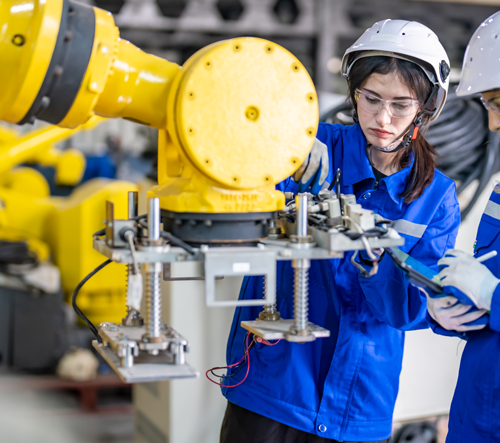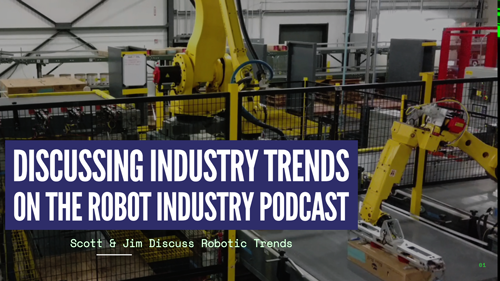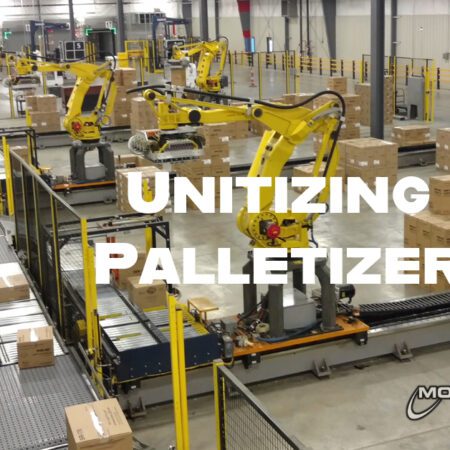Robot Code – When trying to decide which robot will be best for your process, you need to understand all the information found in the robot’s name.
FANUC has a wide variety of robots to meet the needs of almost any process. So, to describe the robots’ differences, each name contains some valuable information such as Model, Series, Payload, and Robot Code.
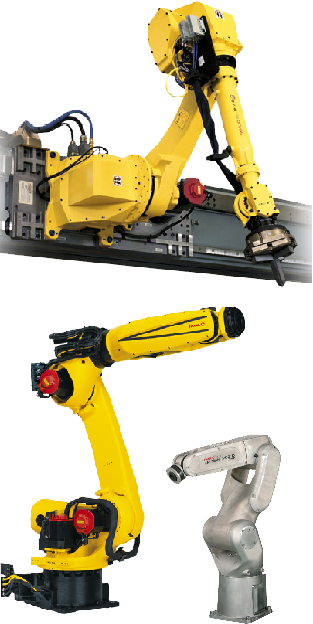

Model:
FANUC has around 15 robot models. These range from small payload options to very large payloads. The model is also designed to meet the demands of certain robotic processes. For example, the ArcMate is built for welding applications, the CR series is made for collaborative processes, and the M410 series was designed with palletizing in mind. This makes it easier to select the robot perfect for your process needs.
Series:
The series letter changes whenever there are big overall design changes. There used to be a lot of iA series, but some of those have gone away replaced by the iB, iC… series.
Payload:
The next part is a description of the payload maximum. This weight is in kilograms, so you will need to convert to pounds if your information is currently in pounds. Remember this is not the exact weight to decide if the robot works for your payload because you have to take into account the End of Arm Tooling weight, inertia, and any other items that may be added for the process.
Robot Code:
This is where it gets a little more complicated. Some robots have an added letter to the end of their naming convention. Like we discussed earlier, each robot model is designed to match specific processes more perfectly, and this dials that in even more. The video below was put together to help you to visualize some of these differences. And more below (below the video) is, an even more, thorough explanation of the letter codes.
Watch this quick video to see how the robots look different based on their letter code.
Robot Code – Still, have questions? We will discuss a bit more.
- S – Short Arm – The benefit of a short arm is the robot can fit in a smaller workspace, but not only that, short arm robots often have better precision and higher speed options.
- H – High Speed /Hollow Arm/Handling – H has a triple use. High-speed robots are selected when the rate is the top priority. There is a new line of robots coming out with hollow arms. This allows for the best cable protection. Lastly, in various models the H stands for handling robots that are 5 axis. For example, the M410/140H robot was built for palletizing and handling applications because it has a reasonable payload and at the same time is fast and flexible.
- C – Compact/Cleanroom – Another double use Compact robots are built for tight spaces. These robots are designed to run in clean needs environments which often means a food environment. These robots can use food-grade grease and are often white instead of yellow.
- L – Long Arm – Long arm robots are perfect when the process has a wide or tall work area.
- WP- Waterproof – This one is in the name – for washdown or wet environment purposes, this robot is the one you need.
- M – Multipurpose – This verification means the robot meets a variety of requirements to more easily fit the needs of a process.
- E – Environmental protections – IP rated in all areas for dirty or harsh environments.
- T – Toploader – These can be installed on a rail/rack for loading and unloading CNCs or presses.
- F – Floor/Food – Most often food robots are marked with a C, but a better way to know a food-grade robot is FANUC uses white for the body instead of the famous yellow. Floor robots come equipped to be installed on the floor. This is most commonly an added code when the series has a variety of mounting options.
- P – Press/Precision – Another double letter meaning – The difference here is that sometimes it can mean both. But these robots are designed to load and unload presses with precision.
- R – Rack – Rack mounted robots allow for flexibility, larger(dynamic) reach, and are great for larger workspaces. But at the same time, they save space by being rack installed. These robots come ready to be rack-mounted.
- U – Upside-down – High precision from above! These are often a great option for machine loading and unloading.
- WE – Washing Environments – there are environments/processes when robots need to be washed down daily. This takes a specific type of robot.
Sometimes 2 codes are added to describe the robot. Here is one example:
SH – This robot is a short arm version, so ideal for confined workspaces and compact machines. Then, add to that, it can move the parts at a high speed.
If after all this info, you want some help picking the best robot for your process, let the Motion Controls Robotics team help.

